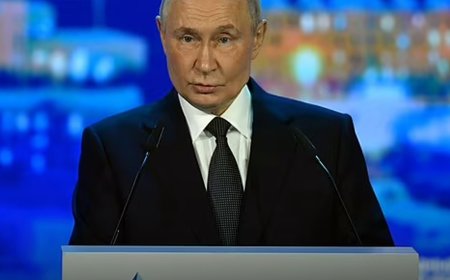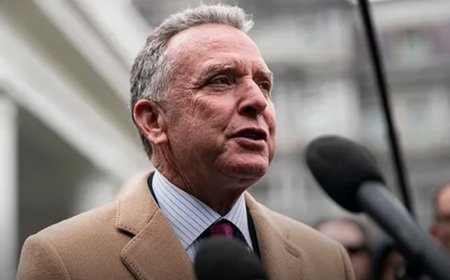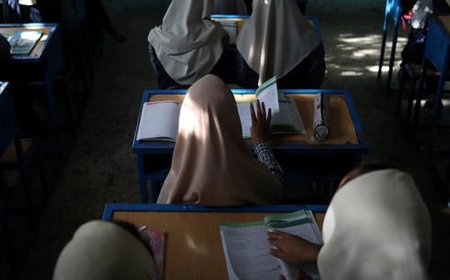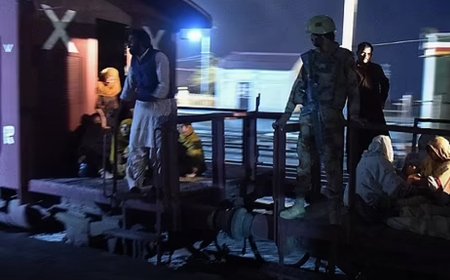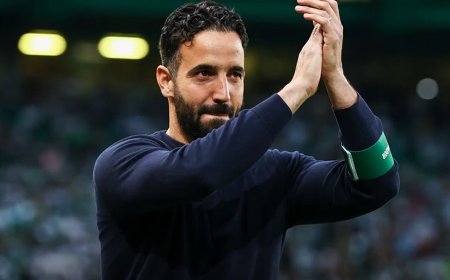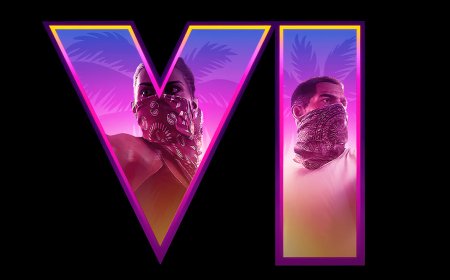Ghibli Effect: ChatGPT Usage Hits Record After Viral AI Art Trend
The latest viral trend in AI-generated art has taken the internet by storm, pushing ChatGPT’s user base to record highs. OpenAI’s chatbot saw an unprecedented surge in traffic last week, primarily driven by its new image-generation tool that allows users to create artwork in the style of Studio Ghibli
The latest viral trend in AI-generated art has taken the internet by storm, pushing ChatGPT’s user base to record highs. OpenAI’s chatbot saw an unprecedented surge in traffic last week, primarily driven by its new image-generation tool that allows users to create artwork in the style of Studio Ghibli, the famed Japanese animation studio behind classics like Spirited Away and My Neighbor Totoro.
A Surge in Users and Revenue
According to market research firm Similarweb, weekly active users of ChatGPT surpassed 150 million for the first time in 2025. OpenAI CEO Sam Altman noted on X that the platform gained one million users in just an hour, a pace reminiscent of ChatGPT’s meteoric rise during its initial launch over two years ago.
Data from SensorTower further revealed that ChatGPT’s active user count, in-app subscription revenue, and app downloads all reached all-time highs last week. Global app downloads increased by 11%, while weekly active users grew by 5%, and in-app purchase revenue saw a 6% rise.
Technical Challenges Amid the Boom
The viral success of the Ghibli-style AI art tool overwhelmed OpenAI’s servers, causing intermittent glitches and outages over the past week. Users reported slow responses and occasional service disruptions as the company scrambled to manage the influx of traffic.
“We are getting things under control, but expect some delays, broken features, and slower service as we deal with capacity challenges,” Altman warned, suggesting that future OpenAI releases might also be affected.
Legal Concerns Over AI-Generated Art
Beyond technical hurdles, the Ghibli effect has sparked legal debates regarding AI-generated images mimicking iconic artistic styles.
Evan Brown, a partner at law firm Neal & McDevitt, commented on the legal uncertainty surrounding this trend: “Copyright law typically protects specific expressions rather than artistic styles. However, the extensive use of AI tools to replicate Studio Ghibli’s distinct look raises questions about potential intellectual property violations.”
OpenAI has yet to clarify the datasets used to train its AI models or address concerns regarding the legality of its latest feature. Meanwhile, resurfaced comments from Studio Ghibli co-founder Hayao Miyazaki have fueled the discussion. Back in 2016, when presented with an early AI-generated animation, Miyazaki strongly criticized the technology, stating, “I am utterly disgusted. I would never wish to incorporate this technology into my work at all.”
The Future of AI Art and Ethics
As AI tools continue to evolve, the intersection of technology, creativity, and copyright law will remain a hotly debated topic. While the Ghibli effect has showcased AI’s growing influence on digital artistry, it also highlights the challenges that come with mimicking iconic artistic styles.
For more updates on AI trends, technology news, and digital advancements, stay tuned to BitKnow.
What's Your Reaction?








